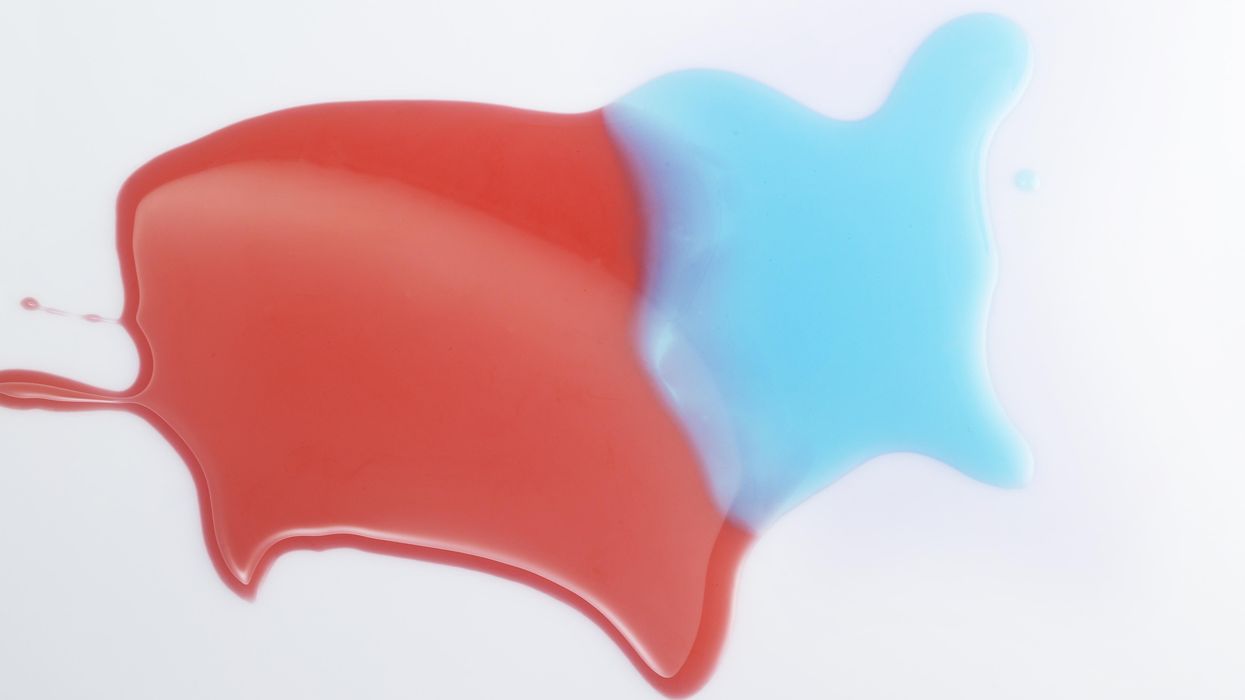Richard Davies is a podcast consultant, host and solutions journalist at daviescontent.com. He co-hosts the podcasts “How Do We Fix It?” and “Let’s Find Common Ground."
Here’s one thing progressives, liberals, moderates, conservatives and even many populists can agree on: The primary system in most states is broken. They all might even say, “It’s rigged!”
In a surprisingly large number of states, only registered Democrats and Republicans have been allowed to vote in this year’s primaries. The largest self-identified group of voters — independents — was shut out of the process. According to new survey data compiled by Unite America, a nonpartisan political organization that backs electoral reform, only 8.2 percent of eligible voters have cast ballots in primaries that have decided more than 80 percent of Congress.
Now that primary voting season is nearly complete, we’ve again witnessed a system that discourages turnout and boosts support for rigid partisans, who seek to rally their party base at the the cost of making deals with politicians from opposing parties.
“The way our system is set up right now, candidates have an incentive in a Republican primary to go as far right as possible. Candidates in a Democratic [primary] go as far left as possible, because the people who vote in these elections are die-hard voters,” said Story Hinckley, national political reporter at the Christian Science Monitor. “Candidates are trying to appeal to the people who turn out and they are often the most extreme voters,”
Gerrymandered districts, with electoral maps drawn by the two political parties instead of independent commissions, make the problem worse. Most members of Congress come from deep red or blue districts.
The primary process wasn’t supposed to work this way. For many decades candidates were chosen by party bosses in “smoked-filled rooms.” But then came the 1960s. Popular movements for civil rights, women’s rights and widespread opposition to the U.S.-led war in Vietnam resulted in social and political changes. The old way of picking presidential candidates, governors and members of Congress was swept away.
The idea was that public participation in primaries would let many more people into the process, giving them a much bigger say in who’s picked to run in the November general election.
The old system “left the party with some say over who represented the party,” said constitutional law scholar Rick Pildes. “I think the primary system that we have is one of the significant threats to the democratic system,” he explained on the latest episode of Common Ground Committee’s “ Let’s Find Common Ground ” podcast.
“The concern is that the candidates who have the broadest appeal in a general election aren’t able to get through the primaries.”
This may well be the case in some prominent races this November. For instance, Trump-backed Republicans in several Northeastern states won their party primaries, but are now considered underdogs in races that were easily won by the GOP four years ago. Highly popular moderate Republican governors in Massachusetts and Maryland decided not to run for re-election. Party nominees for November’s election are much more rigidly partisan.
Last month, Senate Minority Leader Mitch McConnell predicted “a greater likelihood” that the House will flip from Democratic to Republican control than the Senate. “Senate races are just different — they are statewide, candidate quality has a lot to do with the outcome,” he told a Chamber of Commerce meeting in Kentucky.
“McConnell has long worried that subpar candidates could play into Democrats' hands,” reported NBC News.
On “Let’s Find Common Ground,” we heard sharp criticisms of the primary process from former Democratic and Republican party leaders and members of Congress.
Former Rep. David Jolly, who left the GOP to become one of the founders of a new third party, Forward, told us that America’s way of picking candidates for public office is an outlier.
“The United States is alone on an island with an entrenched duopoly. Most leading nations today have multiparty democracies with three, four or five competitive parties, and the data shows that voters feel better represented,” Jolly said. In many democracies overseas, “they have better policy outcomes.”
What kind of reforms should we consider?
Ranked-choice voting is one. Open primaries are another. Alaska’s passage of a ballot initiative in 2020 radically overhauled the system, getting rid of the state’s party-run primaries. Today in Alaska, political parties no longer select their candidates to appear on the general election ballot. Instead, open primaries allow for all voters to be involved.
Listen here for more criticisms of today’s primary problem and what may be done to improve it.



















